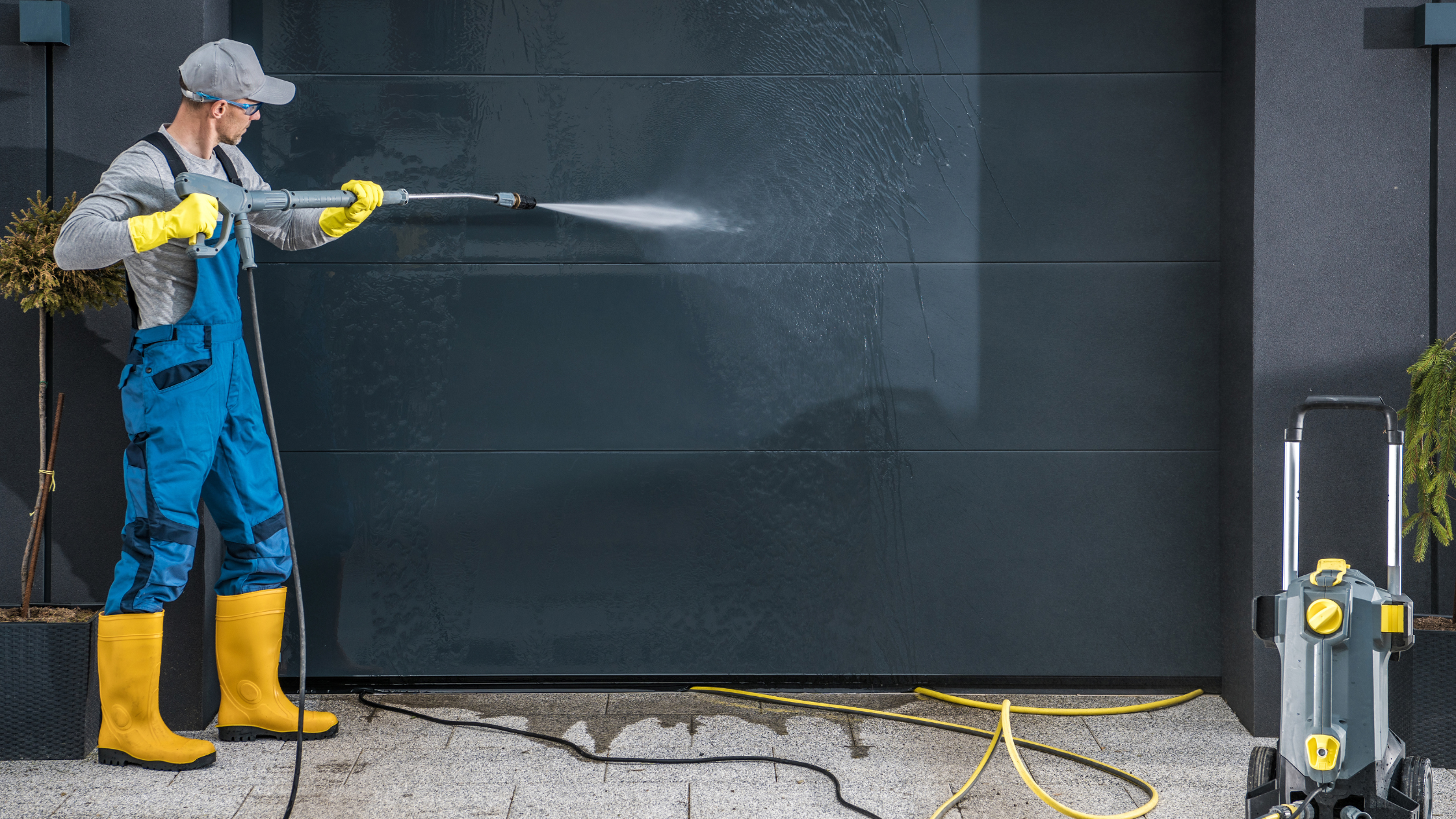Often water leaks in your home are caused by two things: a lack of maintenance in an area where a product has broken down and has created water to leak, or there’s been a catastrophic event such as hail, tree branches through the roof, or brick pulling away from the siding.
Most homeowners don’t notice a leak until it becomes an urgent problem. However, identifying water leaks or water damage can be prevented by performing a regular home maintenance routine.
Looks Can Be Deceiving
- A window leak could present as moisture on a window, fogging, and condensation between window panes.
- A water stain on the top floor's ceiling could mean a roof leak.
- Water stains or sagging drywall below a kitchen or bathroom could be mold/mildew coming through grout or caulk in the shower or bath. In these cases, the mold originates from behind the tile rather than the front.
- A leaking toilet could present itself as a discoloration in the ceiling of the room below it or a discoloration of the flooring in the bathroom.
- Bubbling paint could signify water getting behind the painted surface and creating unseen damage.
- Drywall discoloration or sagging likely means a water intrusion is somewhere behind the wall, be it a water pipe burst or another form of leak.
- A sudden drop in water pressure or water supply may indicate leaking water somewhere along the water line. If you hear or see constant dripping faucets or a quiet hissing sound, that could be a sign of a faulty shut-off valve.
Diagnosing Water Leaks

It can be challenging to identify and diagnose water leaks, so it’s important to work with an experienced professional like Better Builders, who takes a systematic approach to locate the source of a locate water leak. Better Builder’s leak detection services often begin with a detailed inspection and surgical demolition to get a clear picture of what we’re dealing with. Here are a few common water leak scenarios and how diagnosing them may be approached.
1. You notice a leak or water damage on an exterior wall
Suppose a homeowner notices a leak near their window. To identify the source of the leak, a trained professional can use a garden hose to wet a particular area around the exterior part of the window while an observer monitors the water flow inside. The process includes starting with a small radius of water intrusion and gradually moving outward until the leak is recreated. With this method, we can accurately identify the point of intrusion and the extent of damage around 80% of the time. However, in case of failure, the next step would be to carry out surgical demolition to locate the source of the water intrusion.
2. You notice a leak or water damage on an interior wall
When trying to locate the origin of an indoor leak, even if it's minor, it's essential to examine the area above and the surrounding vicinity of the water leak. Oftentimes we find there’s a bathroom nearby. If this is the case, ask yourself the following questions: Has the tub been overfilled lately, or have kids been splashing water outside of the tub?
Better Builders would begin with an inspection of the tub base in the bathroom above the leak. If we were not able to determine the root cause, we would then open up the ceiling using a 1” hole and place our specialty camera up through the hole. In some cases; we can use infrared to find moisture. If all else fails, we will carefully open up a 12” area to visibly see what’s going on.
3. Finding leaks in your floor
Water leaks within the floor or ground can be a more problematic pinpoint. For example, you may suspect water is leaking within the floor if flooring sections become soft or your water bill has skyrocketed. In these cases, we use camera technology placed within drain lines to identify where the leak might be coming from. If we can’t conclude with these techniques, the problem may require minor demolition and excavation to locate the underground leak.
4. You have a wet basement
Perhaps you’ve found water puddles in the crawlspace or on the foundation; we would begin by looking at your gutters and downspouts. We would also look at the grading of the ground around the house. Sometimes homeowners may unintentionally add too much mulch to the flower beds surrounding their home, resulting in water accumulation near the foundation, leading to damp basements or water seeping in.
The topography and soil conditions can also impact wet basements and crawlspaces. For example, if you have a large hill behind your property, you might have a large amount of hydrostatic pressure build up and push water through a wall or the floor. The solution could be adding a footing drain in the basement perimeter or cutting the slab and adding a footing drain.
Leak Detection Technology

Flo by Moen - Leak Detection Smart Home Water Security System
Modern technology around plumbing systems has come a long way. For example, an automatic water shut-off can be installed on the water main that will automatically shut off the water line if a leak has been detected based on the volume of water used or the time of day it’s used. Some leak detection systems even connect to an app on your phone to inform you about water usage. You can ask your building team or a professional plumber about this before beginning work.
Don’t Wait for a Flood
When in doubt, call a contractor because plumbing and water leaks can be tricky. For example, suppose you’ve identified a water leak, and there’s not an obvious point of intrusion. In that case, you can invest a lot of your time doing guesswork and trial and error, or you can call a professional who deals with water intrusion all the time. Experienced contractors will easily find and repair water issues.
When you notice a leak, it’s likely just the tip of the iceberg. There’s probably a lot of destruction along the path of the water. Performing regular home maintenance will make it so that you’re preventing issues rather than dealing with the fallout once things like leaks happen.
For more tips on performing regular personal home inspections and general maintenance, download our eBook, “Redefining Home Maintenance: The Proactive & Essential Guide for Homeowners.”


















